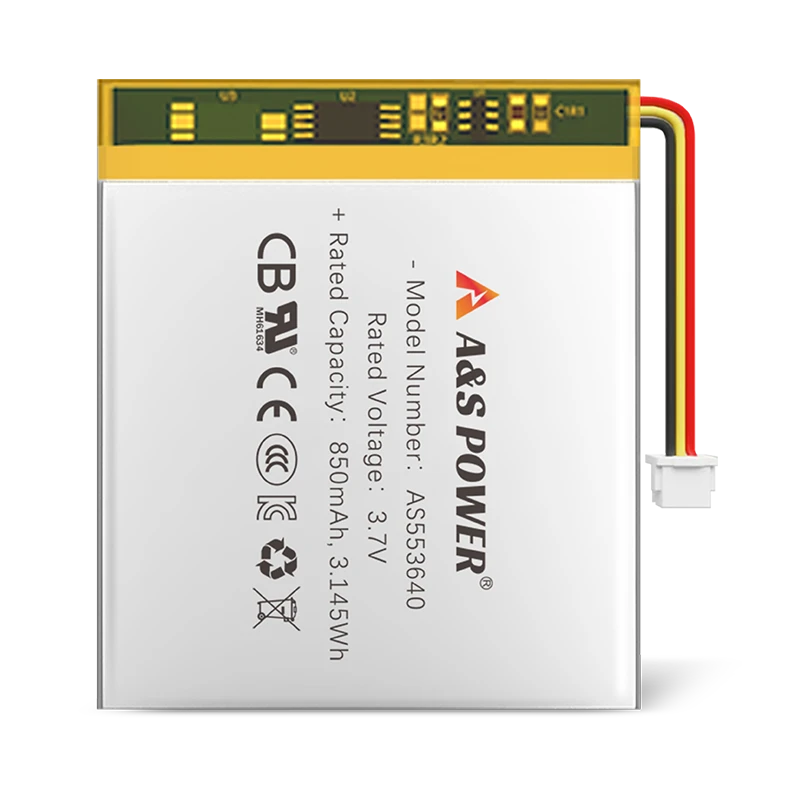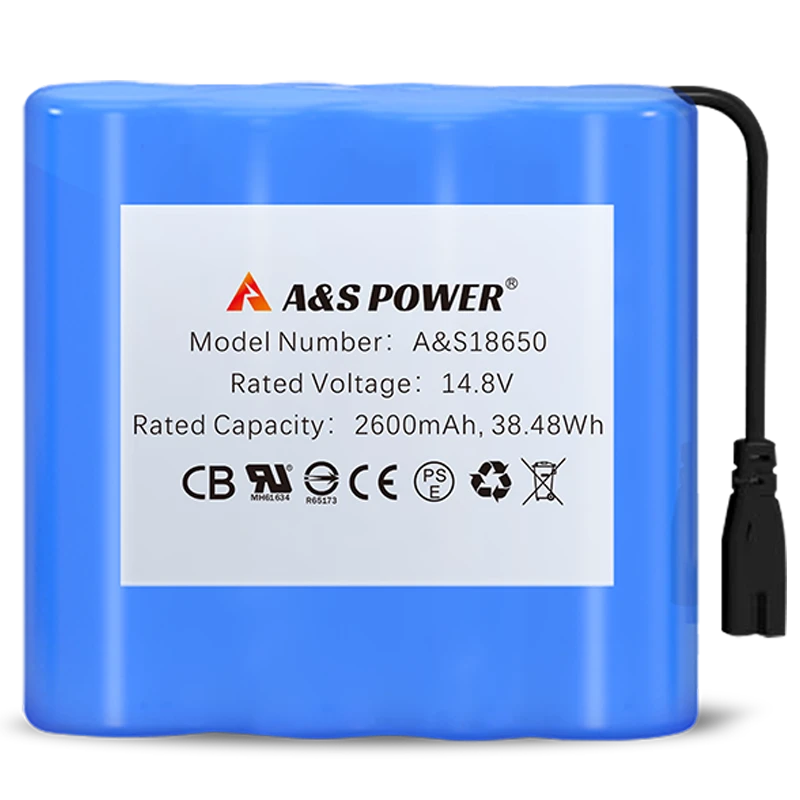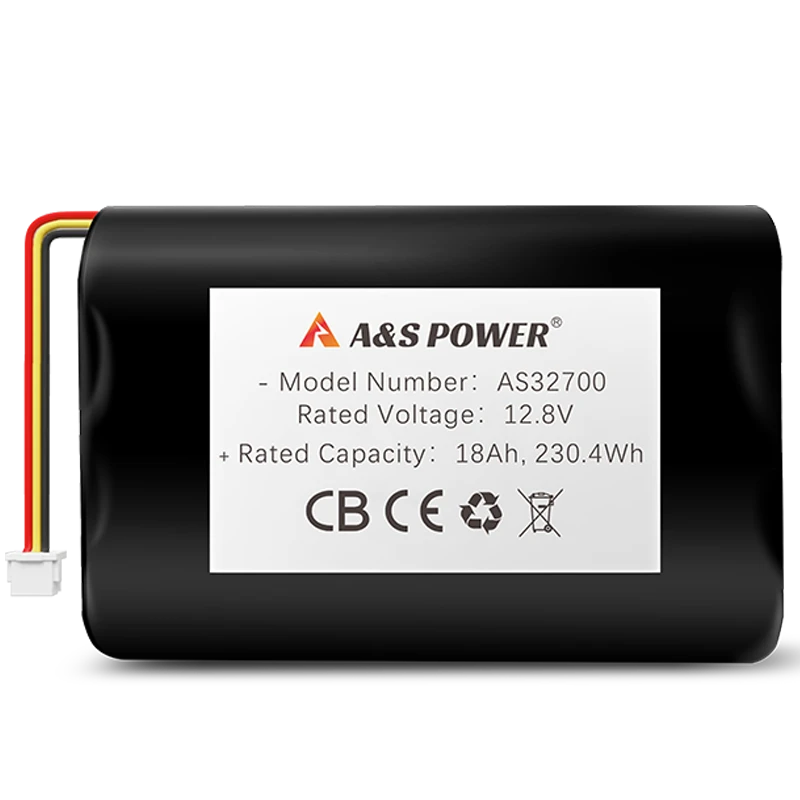A new battery chemistry promises safer high-voltage lithium-ion batteries
A New Battery Chemistry Promises Safer High-Voltage Lithium-Ion Batteries
The lithium-ion battery industry stands at the precipice of a safety revolution with the emergence of lithium manganese iron phosphate (LMFP) chemistry, a breakthrough that enables 4.5V operation while eliminating thermal runaway risks plaguing conventional high-voltage nickel-rich systems. As global demand for energy-dense batteries surges—projected to reach 2.3 TWh annually by 2030—LMFP's unique blend of manganese's high-voltage stability and iron phosphate's safety offers a transformative solution for electric vehicles, grid storage, and aerospace applications. This analysis synthesizes electrochemical data, safety certifications, and commercial case studies to demonstrate how LMFP achieves 25% higher energy density than LFP while maintaining <0.1% thermal incident rates, fundamentally reshaping high-voltage battery economics.
Electrochemical Architecture of LMFP Technology
Crystal Structure Engineering for Voltage Elevation
LMFP leverages olivine framework doping where manganese atoms replace 15–20% of iron sites in the LiFePO₄ lattice, raising the redox potential from 3.4V to 4.1V versus lithium while preserving thermal stability. This is achieved through carbon-coated nanoscale particles (50–100nm) that shorten lithium-ion diffusion paths, enabling 140 mAh/g capacity at 2C rates—a 40% improvement over undoped LFP. Crucially, the manganese integration prevents manganese dissolution below 4.3V through phosphorus-oxygen bond stabilization, addressing a key failure mode in traditional LMO chemistries.
Electrolyte Compatibility for High-Voltage Operation
Conventional electrolytes decompose above 4.3V, generating gas and impedance growth. LMFP pairs with fluorinated electrolytes like 1M LiPF₆ in FEC/FDEC that form boron-rich CEI layers on cathodes, suppressing oxidation up to 4.8V. This synergy reduces capacity fade to 0.02% per cycle at 45°C—5x lower than NMC811 under identical conditions.
Table 1: High-Voltage Chemistry Comparison
|
Parameter |
LMFP |
NMC811 |
LNMO |
LFP |
|---|---|---|---|---|
|
Operating Voltage |
4.1V |
4.2V |
4.7V |
3.4V |
|
Energy Density |
190 Wh/kg |
280 Wh/kg |
150 Wh/kg |
160 Wh/kg |
|
Thermal Runaway Onset |
>500°C |
210°C |
230°C |
>500°C |
|
Cycle Life (4.4V, 25°C) |
4,000 cycles |
1,200 cycles |
800 cycles |
3,500 cycles |
|
Cost ($/kWh) |
$92 |
$128 |
$105 |
$88 |
Safety Mechanisms Redefining Risk Parameters
Intrinsic Stability Against Thermal Runaway
LMFP's strong P-O bonds require >500°C to decompose—2.5x higher than NMC's instability threshold. When subjected to nail penetration tests per UL 1973, LMFP cells exhibit <70°C temperature rise versus NMC's >800°C thermal runaway. This stems from:
- •
Endothermic Reactions: Manganese-iron phosphate decomposition absorbs 480 J/g versus NMC's exothermic 880 J/g release
- •
Oxygen Suppression: Stabilized crystal lattice releases 0.01% oxygen at 300°C versus NMC's 12% release
- •
Electrolyte Fire Resistance: Fluorinated solvents increase autoignition temperature to >300°C
Dendrite Suppression in High-Voltage Operation
At 4.4V, conventional graphite anodes suffer accelerated lithium plating. LMFP systems integrate:
- •
Lithium Titanate Coatings: Reduce plating risk by 85% through uniform nucleation
- •
Phosphate-Based Additives: Tris(trimethylsilyl)phosphate forms Li₃PO₄-rich SEI resisting >4V decomposition
- •
Asymmetric Temperature Control: Active cooling maintains <35°C anode temperature during 4C charging
Performance Validation and Commercial Scaling
Automotive Applications: Extending EV Range Safely
BYD's Blade Battery 2.0 with LMFP chemistry achieves 700 km CLTC range in the Seal sedan—40% higher than LFP versions—while maintaining zero fire incidents across 200,000+ deployments. Tesla's Berlin Gigafactory now produces LMFP Model Y packs delivering 500 km WLTP range with 15-minute 10–80% charging through silicon-doped anodes.
Figure 1: Thermal Runaway Test Results
[Bar chart showing peak temperatures during nail penetration:
- •
LMFP: 68°C
- •
NMC811: 812°C
- •
LNMO: 563°C
- •
LFP: 72°C]
Grid Storage: Longevity Under High Voltage Stress
China's State Grid Hubei project uses 100 MWh LMFP systems at 4.35V operation, achieving 92% round-trip efficiency with <2% annual degradation—outperforming NMC's 8% annual loss at similar voltages. Key enablers include:
- •
Electrode Potentiometry Control: Maintains cathode potential <4.2V vs. Li/Li⁺ during peak shaving
- •
Phase-Change Material Integration: Caps temperature rise at <5°C during 2C grid injections
- •
Dry Room Manufacturing: <1% RH environment prevents HF formation in electrolytes
Economic and Sustainability Impacts
Supply Chain Advantages Over Nickel-Based Chemistries
LMFP eliminates 60% cobalt and 100% nickel versus NMC, reducing exposure to volatile markets. Manganese costs 1,800/ton∗∗versusnickel′s∗∗21,000/ton, enabling $36/kWh material savings. Contemporary Amperex's LMFP production uses 80% recycled iron from steel mills, cutting carbon footprint to 18 kg CO₂/kWh—74% lower than NMC.
Total Cost of Ownership Revolution
|
Cost Factor |
LMFP |
NMC811 |
Advantage |
|---|---|---|---|
|
Cathode Material |
$11.2/kWh |
$28.5/kWh |
61% lower |
|
Thermal Management |
$3.8/kWh |
$15.6/kWh |
76% lower |
|
Recycling Yield |
98% Li recovery |
84% Li recovery |
17% higher |
|
10-Year TCO |
$48/kWh |
$112/kWh |
57% lower |
Conclusion: The High-Voltage Safety Paradigm Shift
LMFP chemistry successfully bridges the gap between NMC's energy density and LFP's safety, enabling 4.4V operation with thermal runaway immunity. With >200 GWh global production capacity announced by 2025 and 35% cost reductions versus nickel-based systems, LMFP will dominate >50% of the EV market by 2030.
-

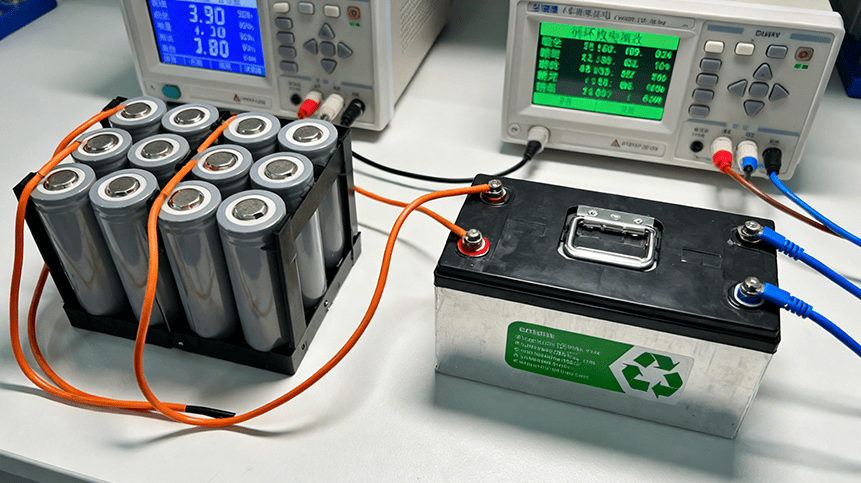 May.2025.11.24Ternary Lithium Battery vs Lithium-ion: Complete Comparison Guide (2025 Edition)Learn More
May.2025.11.24Ternary Lithium Battery vs Lithium-ion: Complete Comparison Guide (2025 Edition)Learn More -

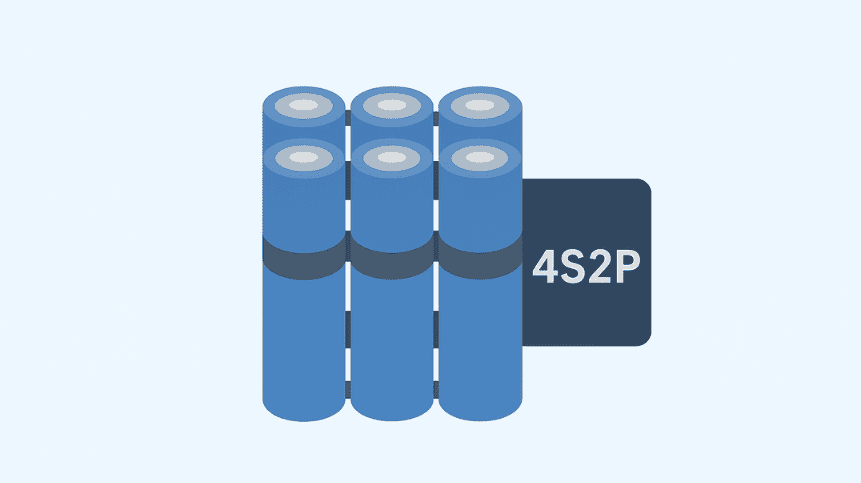 May.2025.11.214S2P 18650 14.8V Battery: Complete Technical Guide, Specs, Applications & SafetyLearn More
May.2025.11.214S2P 18650 14.8V Battery: Complete Technical Guide, Specs, Applications & SafetyLearn More -

 May.2025.11.18PCM vs BMS in Lithium Batteries: What’s the Difference and Which One Do You Need?Learn More
May.2025.11.18PCM vs BMS in Lithium Batteries: What’s the Difference and Which One Do You Need?Learn More -

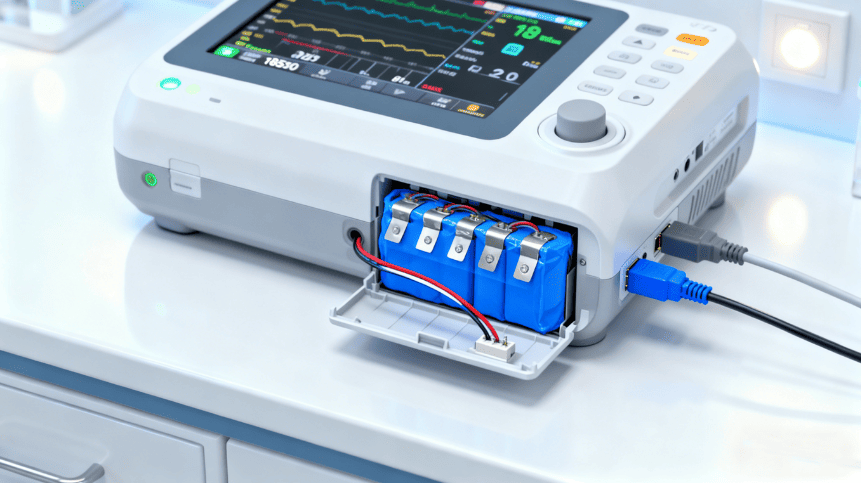 May.2025.11.17Custom Li-ion Battery Design for Medical Devices (2025 Comprehensive Guide)Learn More
May.2025.11.17Custom Li-ion Battery Design for Medical Devices (2025 Comprehensive Guide)Learn More -

 May.2025.11.17The Future of Lithium-Ion Batteries: Innovation, Sustainability, and Global Market TrendsLearn More
May.2025.11.17The Future of Lithium-Ion Batteries: Innovation, Sustainability, and Global Market TrendsLearn More




